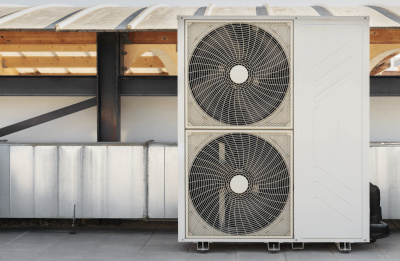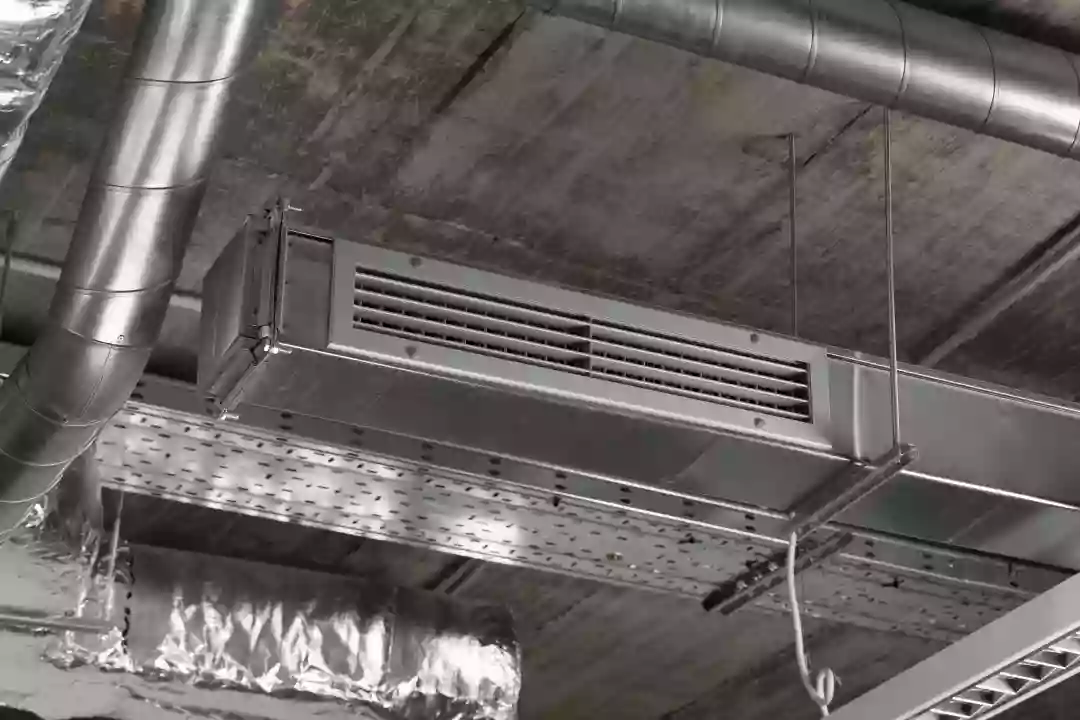Hand Seamers
Promoting air quality and avoiding the accumulation of pollutants require maintaining ducting cleanliness. However, a lot of folks aren't familiar with the sorts of instruments that are employed for this. The most popular ductwork cleaning equipment, such as hand seamers, turbo shears, crimpers, duct rippers, and fin straightening tools, are covered here.
Sheet metal can be shaped, folded, or formed manually using hand seamers. They are most frequently employed to provide straight ducts with radiused edges. They can also be used to design curved and flat requests that fit within ducting. Vent pipes, exhaust vents, gas vents, and HVAC ducts are just a few of the duct types that may be finished using hand seamers. For greater longevity, hand seamers often use high-grade steel for their blades. They come in two different types: the round nose and the long nose, which may be utilised to make various kinds of curves. They also include a grip that makes operating them comfortable and simple.
Turbo Shears
Power instruments called turbo shears are made to precisely and accurately cut sheet metal. They are battery- and cordless-powered, making them portable and perfect for use in confined spaces. In addition to cutting for linear measures, mitred corners, and angled cuts, they are frequently used to produce square cuts in metal ducting. Additionally, a turbo shear will be able to make consistent cuts in a variety of materials, including copper, aluminium, stainless steel, and sheet metal.
Power shears (or turbo shears) are hand tools that are electrically or pneumatically propelled and are used to blank huge quantities of sheet metal. They are made to cut reasonably large radius curves as well as straight lines. They are superior to a bandsaw because there is no size restriction. Larger models can cut up to 12-gauge sheet metal. Hydraulic-powered tools linked to large machines can be used as an alternative to manual tools. They are often used to cut items that are either too large or dangerous for hand tools to handle or that are kept in distant locations and are too cumbersome to be hauled to a cutting facility.
The material must first be clamped to the cutting surface before using a turbo shear to fix it. The turbo shear may be turned on and utilised to create exact cuts after the material is fastened. Any angle may be selected for the blade, enabling precise, repeatable cuts. Additionally, speed control systems are frequently included with turbo shears, which enhance accuracy and safety while in operation.

Need assistance finding ductwork cleaning near you?
Get a QuoteCrimpers
By "crimping", two pieces of metal or other ductile material are connected together. One or both of the distorted sections are utilised to hold the other piece in place. It is known as the "crimp" to describe this distortion. A crimping tool is an instrument used to bend the material and create a connection. Crimping is a common method for joining or joining wires to other connections while working with wires. The fittings used to make this connection to the wire are called "crimp connectors," and they normally have an insulated sleeve connected to a metal connection.
With the use of a crimping tool, a secure connection that is tightly sealed against gas and moisture is created to prevent shortages and subpar electrical connections. It enables electricians to cut off a section of wire or join two wires without using solder. Additionally, crimping is used in the manufacturing process by technicians and engineers who crimp a range of different things.
Duct Rippers
Specialised tools called "duct rippers" are made to make it simple to cut through sheet metal ducts. They typically consist of a metal blade that has been honed and an ergonomic handle. The blade may be used to cut through sheet metal without leaving burrs or nicks that can obstruct airflow, and the handle is made to be comfortable and easier to hold. These instruments are very helpful for removing worn-out or damaged sheet metal from existing ducts. The blade is made to be sharp enough to cut quickly and precisely without scratching nearby surfaces. They can also be used to clean corrosion or rust off a duct's outside, which is necessary to preserve the duct's structural integrity.
Fin Straightening Tools
On the condensing units of air conditioners and heat pumps, the thin metal fins are straightened using fin straightening tools. These devices are used to make sure that the metal fins are not sticking up unevenly, which might obstruct or lessen the unit's airflow. These instruments often come with a metal comb and a handle. The comb section may be adjusted to gently press the metal fins back into place because it is made to fit between them. Either a manual fin straightener or an electric one may be used for this. These tools may also be used to separate any metal fins that have gotten tangled up because of dirt or other debris.
In conclusion, there are many different pieces of equipment available for cleaning ductwork. Each instrument, including hand seamers, turbo shears, crimpers, duct rippers, and fin straightening tools, is made to make cleaning ductwork quicker and more effective. You can maintain the quality and functionality of your ductwork by being aware of and using the appropriate equipment for the job.
In this article:
